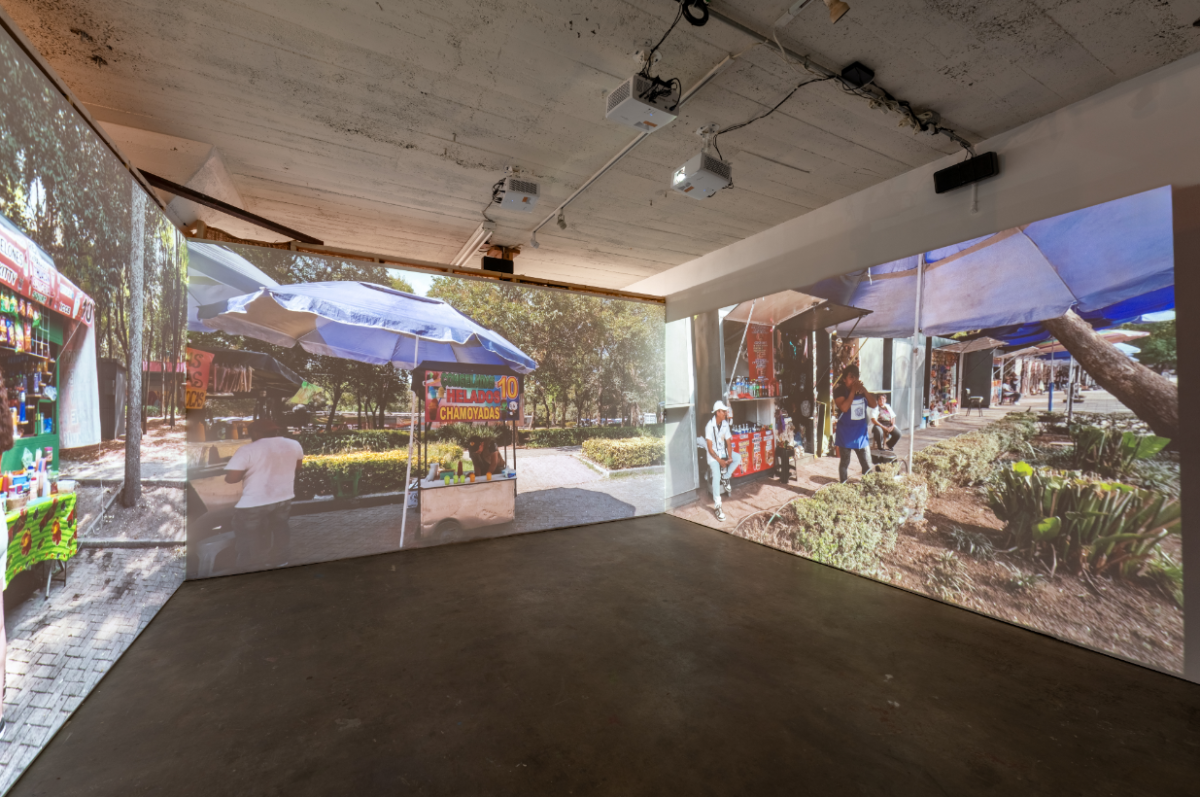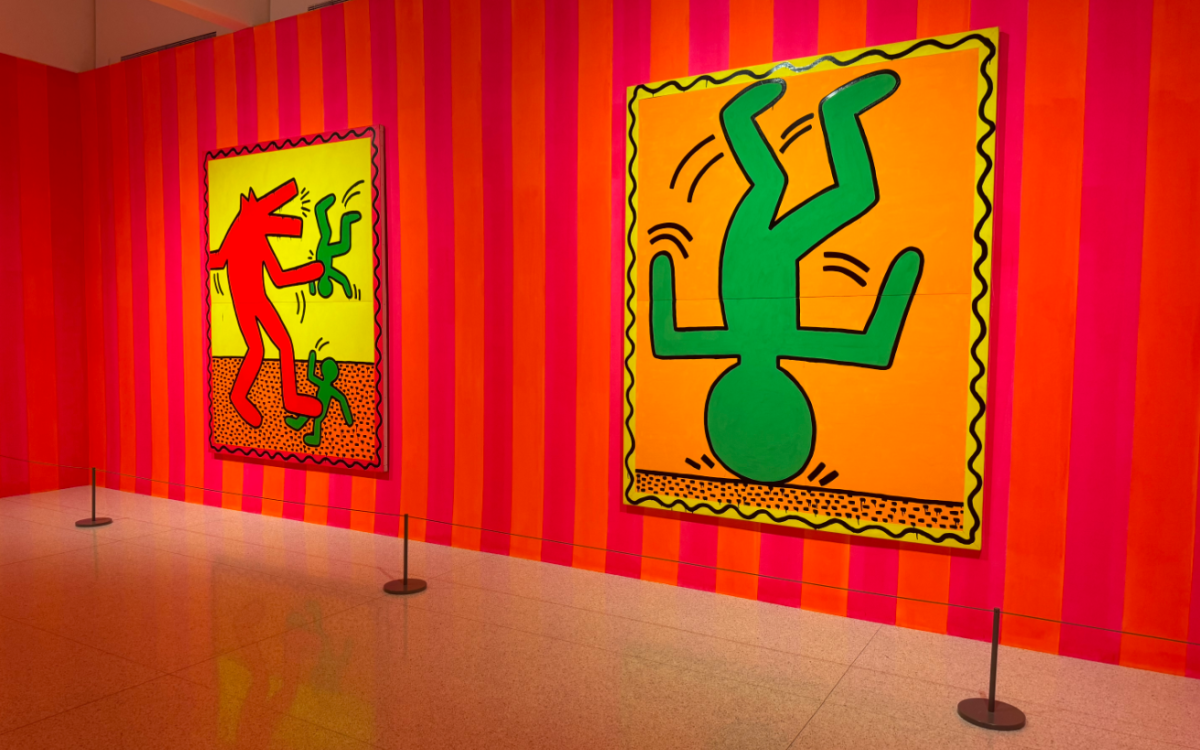A traveling exhibit that provides snapshots of the past 50 years of world history is on display through Jan. 15 at the Minnesota History Center.
“Capture the Moment,” a collection of 130 photographs first shown at the Newseum in Arlington, Va., will be on display for the first time in the Upper Midwest.
Alicia Cordes, communications manager for the Minnesota Historical Society, the center’s parent organization, said the Minnesota History Center had applied some time ago to host the exhibit and wanted to have it over the holidays to ensure the greatest turnout possible.
The curator of the exhibit, Cyma Rubin, was flown to the Twin Cities for the opening of the showcase Friday. With 650 tickets sold before the day of the event, Cordes said Rubin was surprised by the high turnout.
“She said she’s never seen anything like this,” Cordes said.
The exhibit opened at the Newseum in 2000 and has since toured the country. Though many might be familiar with some of the 130 photographs, their reproduction on 20-by-30-inch and 30-by-40-inch prints lend even familiar images a sense of freshness.
The prints are arranged chronologically by decade, and include all the winning photographs since 1942, when the Pulitzer was first given for photography. Each year, one prize is given for spot news and one for feature shots, and the photos included at the Center take one through most of the major events of the 20th century and beyond.
Included are shots of Iwo Jima, Korea, Vietnam and the civil rights movement, and images perhaps fresher in the mind, like the Columbine killings and the attacks of Sept. 11, 2001.
Because of the two categories of awards, the photos run the gamut of human experience, from heartrending sadness, like Anthony Suau’s 1981 Denver Post shot of a widow hugging the tombstone of her recently passed husband at a Memorial Day service in a national cemetery; to moments of intense joy, such as Brian Lanker’s 1972 “Moment of Life,” showing the euphoria of a mother immediately after the birth of her child.
Russian Associated Press photographer Alexander Zemlianichenko has two such disparate photos in the collection: His 1991 shot of the toppled statue of KGB founder Felix Edmundovich Dzerzhinsky during the attempted Russian coup that preceded the collapse of the Soviet Union; and his 1996 image of Russian President Boris Yeltsin “rocking out” at a concert.
All the photographs at the center include a brief description of the events and settings they are glimpsing, and short quotes from the photographers. A great companion to the gallery is the Newseum’s Web site (www.newse um.org/pulitzer), which features selected images, biographies and interviews of the winners.
Paul Vathis of the AP explains how he got the 1961 winning shot of President John F. Kennedy and former President Dwight Eisenhower walking at Camp David following the Bay of Pigs disaster.
“They said, ‘No more pictures, the lid is on,’ ” he recalled.
“And all of the sudden I looked up and I saw how alone the two guys looked, with their backs toward me, their hands behind their backs, so I quickly grabbed up the camera that I had a long lens on, and I shot right past the Secret Service man. Ö I shot two shots, two or three, and Pierre (Salinger, Kennedy’s press secretary) came up, he heard the clicking. He says, ‘Hey, I told you guys the lid’s on.’
” ‘I’m just running my film through, Pierre, I’m just running my film through, clicking through.’ He says, ‘OK, hurry up and get out of here.’
“It’s just the old guy and the young guy. It was a scene-setter, it was a beautiful scene-setter. Two worried people. What are they going to do next?”
Thomas Kelly has a similarly interesting story about his 1972 The (Pottstown, Pa.) Mercury photograph of a mentally ill man who had just stabbed four of his family members. The police had raided the house and were escorting the suspect out of the door when a split-second event happened that Kelly reflexively caught.
“And they were running him at me, when at some moment, I snapped the photograph that I did not even see until it was developed later. He was about 4 feet in front of me and he was loose, with the police running behind him. Ö When I got back into the newspaper lab, the film had been back there, brought back by another photographer, and I asked who took this picture? And he said, ‘You did.’ “
Kelly said he learned that day how eyewitnesses can see the exact same event and come away with different versions of what happened.
“I would have absolutely testified in court that I did not see him loose. I saw him in custody running towards me, with the two police officers holding him, and then the photograph caught him loose – a moment that was not in my mind.”
















